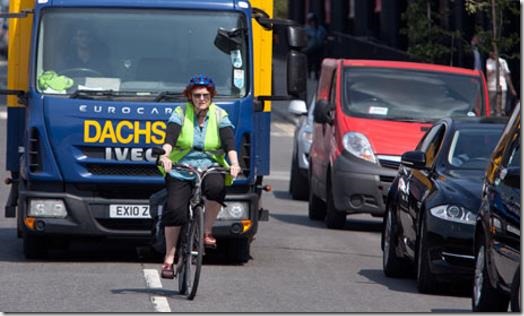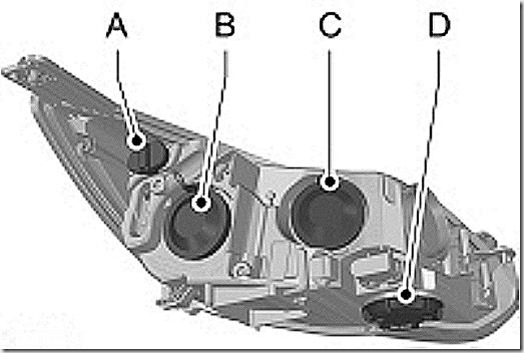This one appeared in various forms in the newsfeeds. Right Driver is a website which aims to…
…help you learn the Highway Code quickly and effectively so you can get your learner licence.
I’m not quite sure what a “learner licence” is – in the UK, you can get a provisional licence as soon as you are old enough, and you need to learn enough about the Highway Code and driving in general to be able to pass the driving test in order to gain a full driving licence. Either Right Driver is talking about another country, or it doesn’t know what it is talking about, period.
Anyway, they apparently canvassed 1,056 ADIs asking what improvements should be made to the Highway Code. The questions asked were to do with diesel particulate filters, electric and hybrid cars, various new technologies, ABS and vehicle stability systems, trailer stability systems, crash testing ratings on new cars, child seat fixings, cost of learning to drive, standards check, any other things ADIs thought should be added. This all points to some sort of agenda.
What is amusing is that when answers are little better than 50:50 – with about half of those canvassed being in favour, and half against, they talk up the differences to make it sound like a landslide! Mind you, the best bit is at the bottom. They give examples of comments made by ADIs (and you can bet your bottom dollar that they corrected the spelling and grammar before doing so – but only up to a point).
Remember that the Highway Code is supposed to deal with the Rules of the Road, so quite why it is felt we need a whole second volume on bloody child seats is anyone’s guess. And then some jackass reckons there should be less in there about motorways. Another candidate for Clown of the Year believes that stopping distances should be reduced because modern cars can “stop quicker”. But the overriding impression from the comments is that most ADIs canvassed believe the Highway Code is the verbatim answer book for the Theory Test, e.g.:
I think there should be some question on the new laws on ‘middle lane hoggers & tailgating) should be included as it is a new law.
The dangers of quad bike riders without helmets.
Hand signals should be abolished as most drivers on the roads don’t know them anyway.
Tactile paving, full and complete description about these is required. Only has a vague description (serious lack of information) mentioned in section 10 of the introduction.
Review the wording used and simplify them – such as gradient and use the word HILL instead – – as pupils with learning difficulties cannot understand some of the question – there are several questions which use complex words which need simplifying
And it goes on, and on, and on.
The one thing that IS clear is that what I’ve said about ADIs for many years is illustrated vividly. It is almost certainly why the DVSA shies away from involving them if this is the quality of their input. The Highway Code needs editing by experts – just as it always has been. It certainly doesn’t need community input of the standard shown in this puerile survey.



 This is the picture in the Ford Focus manual, but I have to say it is a bit misleading because mine doesn’t look quite like that at the back. It’s similar, but definitely not the same.
This is the picture in the Ford Focus manual, but I have to say it is a bit misleading because mine doesn’t look quite like that at the back. It’s similar, but definitely not the same.